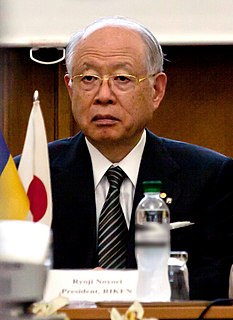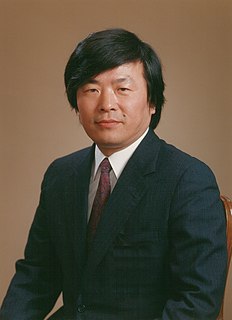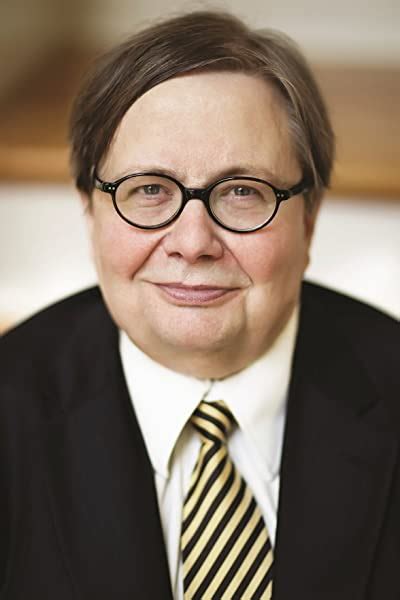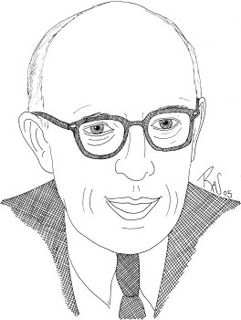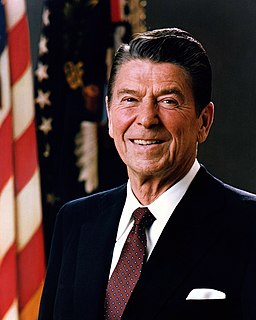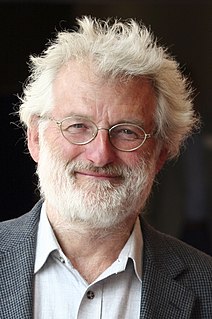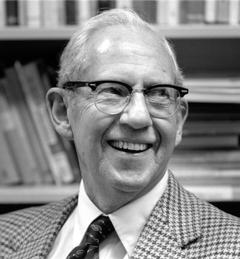A Quote by Ryoji Noyori
In 1957, at the age of 18, I entered Kyoto University, which was known to be the most active institution in the research of polymer chemistry.
Related Quotes
I've known for years that the university underserved the community, because we assumed that university education is for 18- to 22-year-olds, which is a proposition that's so absurd it is absolutely mind-boggling that anyone ever conceptualized it. Why wouldn't you take university courses throughout your entire life?
I grew up in Muenchen where my father has been a professor for pharmaceutic chemistry at the university. He had studied chemistry and medicine, having been a research student in Leipzig with Wilhelm Ostwald, the Nobel Laureate 1909. So I became familiar with the life of a scientist in a chemical laboratory quite early.
In 1946, Oxford University in England was offered large funds to create a new Institute of Human Nutrition. The University refused the funds on the ground that the knowledge of human nutrition was essentially complete, and that the proposed institution would soon run out of meaningful research projects.
From age 16 on, I found school boring and failed A-level Physics at my first attempt. This was necessary for university entrance, and so I stayed an extra year to repeat it. This time, I did splendidly and was admitted to Sheffield University, my first choice because of their excellent Chemistry Department.
